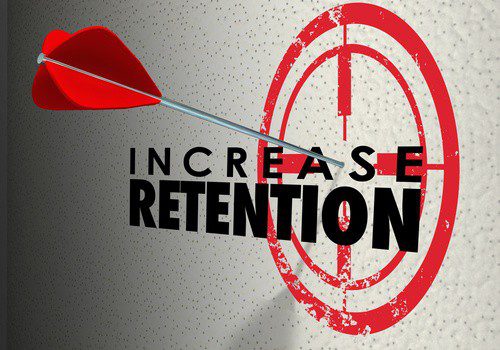A recent study by TowersWatson found that fewer than 21 percent of employees surveyed described themselves as “highly engaged.” This is 10 percent less than the figure from 2009. And 8 percent admitted to being fully disengaged. Having only 1/5 of your workforce engaged doesn’t make good odds for keeping your employees motivated.
A major key of career development is having a career development plan. The University of Connecticut’s Center for Career Development has provided a 3-step guide for crafting your career development plan. UConn identifies the three steps as exploring, preparing, and implementing.
Like everything in the modern business world, workforce management is constantly changing. Here’s what Monet Software proposes for workforce management in 2016. New Platforms – As technology continues to take over, workforce management is more commonly impacted by new technology platforms, new social media outlets, and gamification. These are compatible with the recent and new generations coming into the workforce. Hiring Millennials – Who better to handle the new technology and business practices? Millennials bring a fresh outlook to the table; they are able to better identify which workforce management practices are effective for them and which should be avoided.
Like a well-tuned vehicle, an effective employee retention strategy requires regular checkups and maintenance. If your employee retention strategy seems worn out, don’t be discouraged—a minor tune-up may be all you need. Keep your employee retention strategy running smoothly with these 3 checklist items, courtesy of Business News Daily.
It seems like it is becoming more difficult to attract and retain talent as the workforce becomes more populated with Millennials. However, with Millennials comes a more diverse workforce—a workforce that “matches the market.” Identifying, leveraging, and developing the talent within this workforce demands a unique set of leadership skills and behaviors. Research from the Center for Talent Innovation (CTI) spotlights 5 ways in which leaders can get a grasp on their talent management systems.
You’ve probably read hundreds of articles regarding Millennials by now. So you might be thinking, are Millennials really worth all the effort? In fact, they are—and not just because they are rapidly growing into the majority of the workforce. Before we get into how to manage your Millennials, let’s first look at some reasons why Millennials are worth the effort.
“I’m surprised at the number of students who can’t easily articulate why they drove six hours to visit our campus. Was it our reputation? Did you like our mail? Grandma told you about us? You’re on your way to our chief competitor?” This is a grievance voiced by David Kogler of Gustavus Adolphus College in St. Peter, Minnesota. He, as well as several other college admissions counselors, are floored and fed up with the absurd lack of interview skills among college students. Take note of these interview tips so you don’t end up like the clueless college kids when you go for a job interview.
Organizational leadership can be structured in several different ways. Each organization is most successful with one structure over the others. So which structure of organizational leadership works best for your organization? Take a look at these 3 main structures and the pros and cons of each to see which one works best for your organization.
The Center for American Progress found that employee turnover costs companies an average of 21 percent of an employee’s salary. Not to mention the amount of time and effort it takes to groom new employees for their roles, and the time and effort it takes to find new employees. With that said, it would be in your organization’s best interest to get your employees to stick around. Here are 4 tactics to make that employee retention happen.
Effective performance management is an important and necessary factor in any business. Inherent in its importance comes a paradox: the desire for a top-notch managerial style, and the confusion on how to accomplish this desired style. Management can be difficult, here are some tips and common misconceptions great managers must know.










